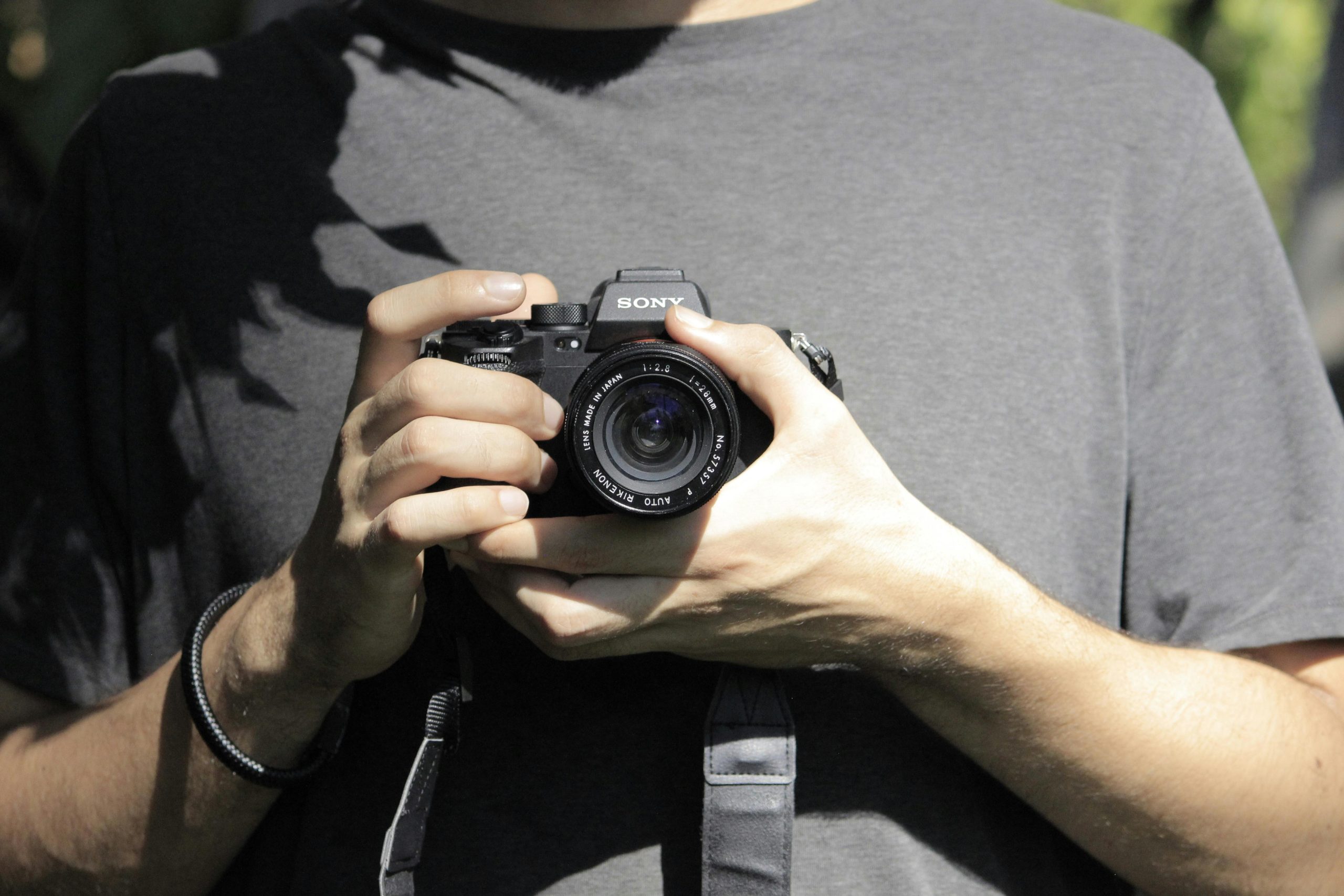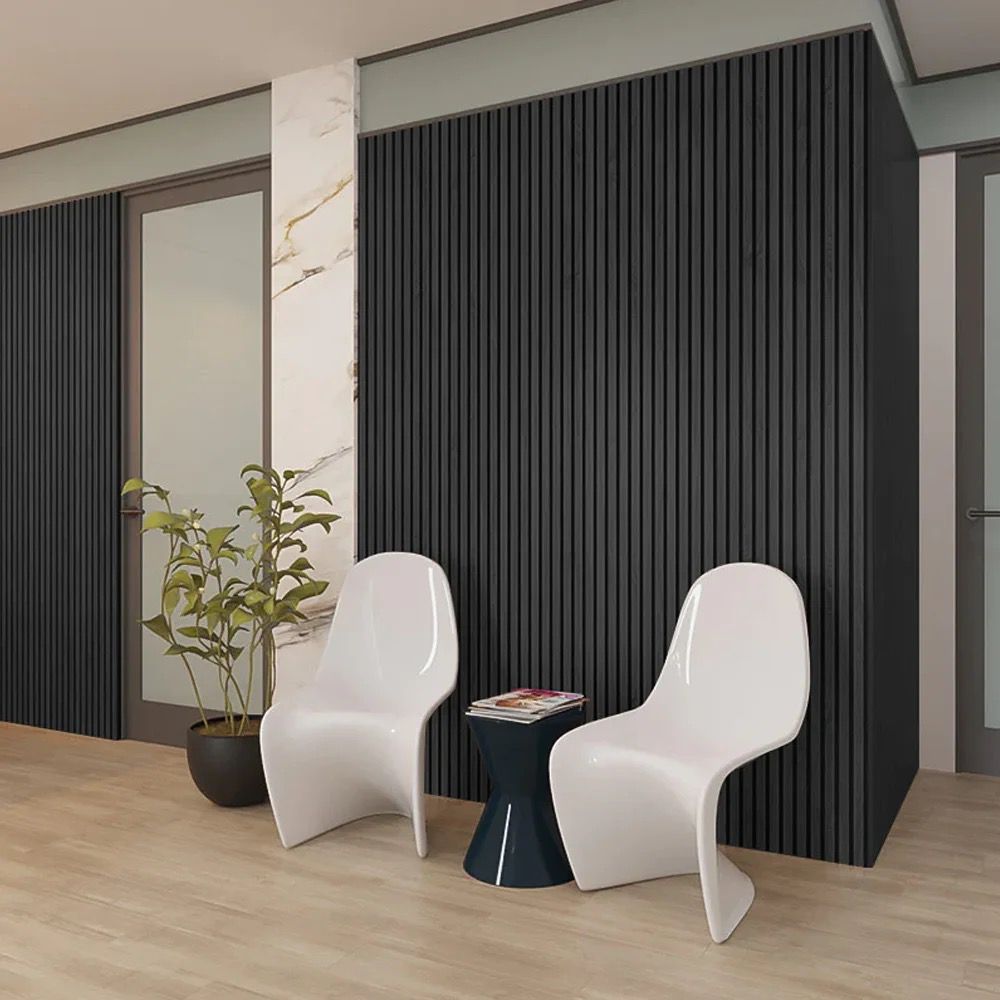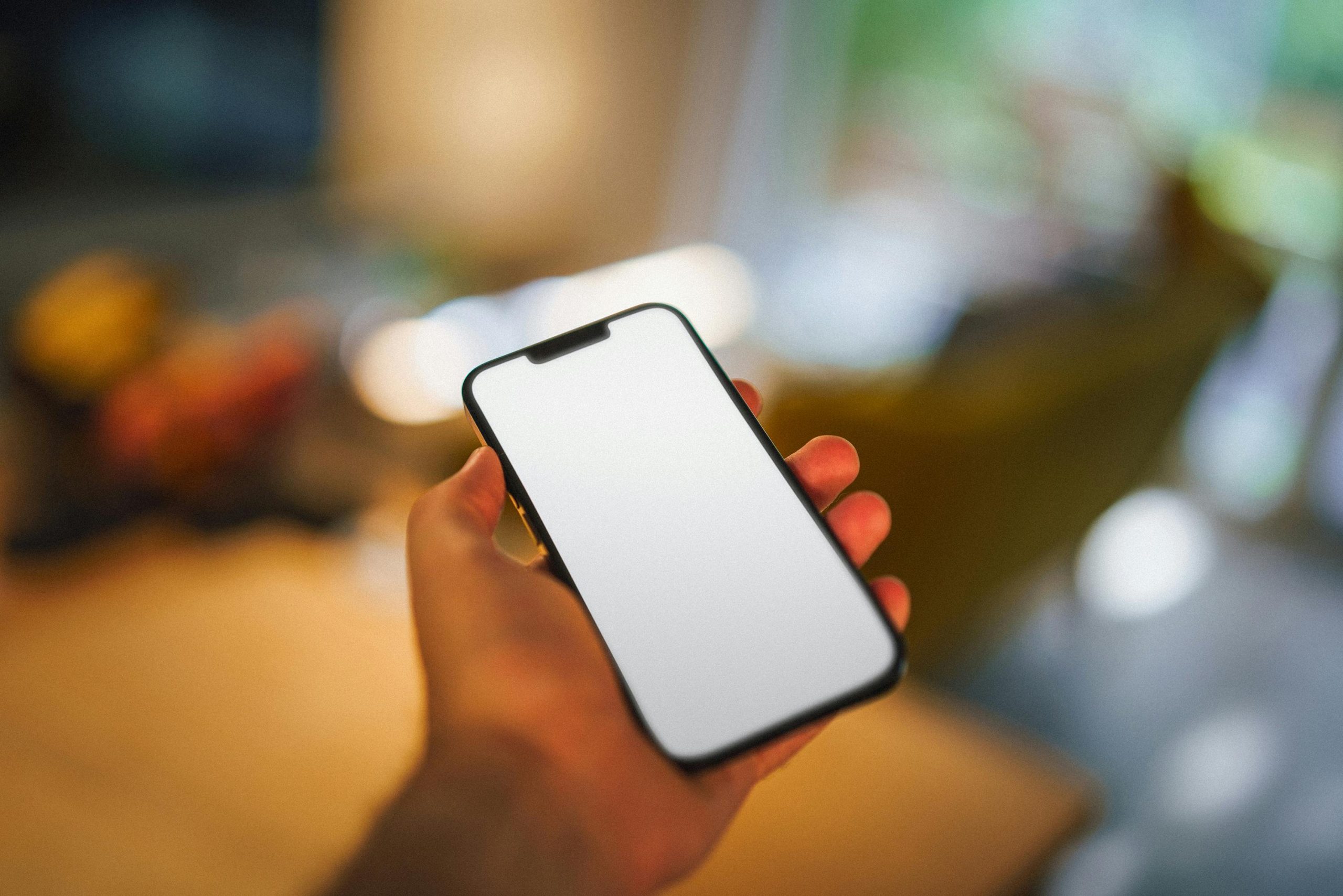Hawaii is a paradise for photographers, offering breathtaking landscapes, vibrant sunsets, and unique cultural moments. As a seasoned Photographer in Hawaii, I’ve learned how to capture the essence of the islands in ways that truly reflect their beauty. Whether you’re a professional or an amateur, these tips will help you elevate your island photography and create images that stand out.
Understanding the Hawaiian Light
One of the most crucial aspects of photography in Hawaii is mastering natural light. The islands offer dramatic lighting conditions from golden sunrises to fiery sunsets. As a photographer in Hawaii, I recommend shooting during the golden hours—early morning and late afternoon—to capture warm tones and soft shadows. The tropical light in Hawaii can change rapidly, so always be prepared to adjust your camera settings on the fly.
Exploring Unique Locations
Hawaii is filled with diverse landscapes, from volcanic craters to lush rainforests. To get the best shots, venture beyond the typical tourist spots. As a photographer in Hawaii, I often explore lesser-known beaches and trails to capture unique perspectives. Don’t be afraid to hike or take boat trips to reach these hidden gems. The more you explore, the more authentic your photographs will feel.
Incorporating Local Culture
Island photography in Hawaii isn’t just about landscapes; it’s also about culture. Festivals, hula performances, and local markets provide vibrant photo opportunities. A photographer in Hawaii can gain a deeper understanding of the islands by engaging with locals and respecting their traditions. Capturing moments of daily life or cultural ceremonies can add a storytelling element to your photography that truly resonates.
Equipment Tips for Island Photography
As a photographer in Hawaii, I’ve learned that the right gear can make a huge difference. A sturdy tripod, polarizing filters, and a versatile lens kit are essential for adapting to changing conditions. Waterproof protection for your camera is also important, especially if you plan to shoot waterfalls, beaches, or during unexpected rain showers. Lightweight and portable equipment will allow you to move freely and take advantage of every photographic opportunity.
Mastering Composition
Composition is key to stunning island photography. Use leading lines, natural frames, and the rule of thirds to create visually compelling images. As a photographer in Hawaii, I focus on including foreground elements like palm trees or volcanic rocks to give my shots depth. Don’t hesitate to experiment with angles—sometimes the best photos come from unconventional perspectives.
Post-Processing Techniques
Editing is an essential part of island photography. A photographer in Hawaii often spends time adjusting color balance, contrast, and sharpness to bring out the natural vibrancy of the islands. However, avoid over-editing—Hawaii’s beauty is best captured authentically. Subtle enhancements can make your images pop while maintaining their natural charm.
In conclusion, capturing the magic of Hawaii requires more than just a good camera; it demands observation, creativity, and respect for the islands. By following these tips from a seasoned photographer in Hawaii, you can transform ordinary shots into stunning imagery that tells the story of this tropical paradise. Embrace the natural light, explore unique locations, incorporate local culture, use the right equipment, master composition, and refine your post-processing skills to ensure your island photography truly shines.



